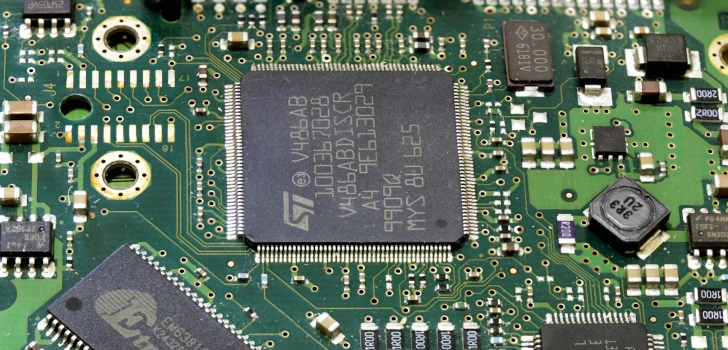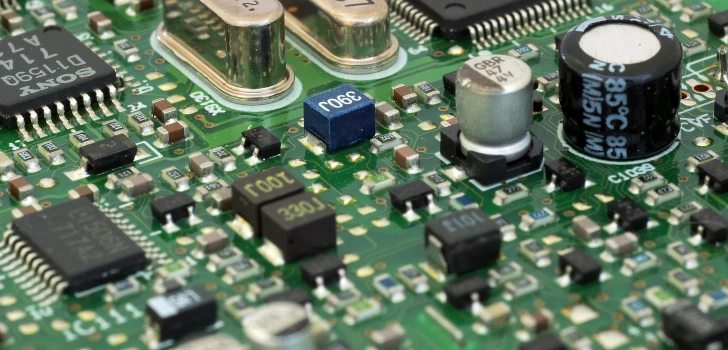
March 6, 2023
I bought a MACCHIATObin Single Shot a few months ago with the idea of creating a NAS out of it.
The results have been very good and, to begin in an easy way, I decided to install Fedora 37 Server Edition.
Now that I’ve decided exactly what I want out of it, I reinstalled Fedora and started from scratch with exactly what I wanted.
I decided to install Fedora 37 IoT, which is an rpm-ostree based release.
To create the installation media, I leveraged arm-image-installer.
Overall everything went well, and the system booted successfully, although I wasn’t sure at first due to an issue with my DHCP server configuration.
Therefore I decided to connect to the board serial port and see if the boot was successful.
Read More 
August 31, 2022
After my last post about MACCHIATObin, a few people reached out to better understand how to install Fedora on it.
The MACCHIATObin board provides many different installation options.
It has an onboard eMMC (in my case, 8GB, but I’m not sure if other sizes are available), an SD card slot, 3 SATA ports, and 1 PCI x4 slot.
This setup means that the various options to install Fedora on a MACCHIATObin are:
Read More 
July 31, 2022
I’ve played with a MACCHIATObin Single Shot board for the last month.
I decided to pick this up instead of a different board because of its sheer connectivity.
This board has 1x1GbE, 1x2.5GbE, and 2x10GbE, which is very rare for those kinds of boards.
I was most interested in the two 10GbE due to some projects I have in mind.
I was interested in installing Fedora, which proved very easy.
The first time I created a bootable micro-SD card with Fedora, it worked perfectly out of the box.
After a few tests, I decided to install Fedora on a SATA drive.
The SATA installation proved a bit more complex because I assumed it could boot from USB, but I did not manage to do so.
I then moved the Fedora ISO to a micro-SD card and installed it from there, which proved to work flawlessly.
Read More 

